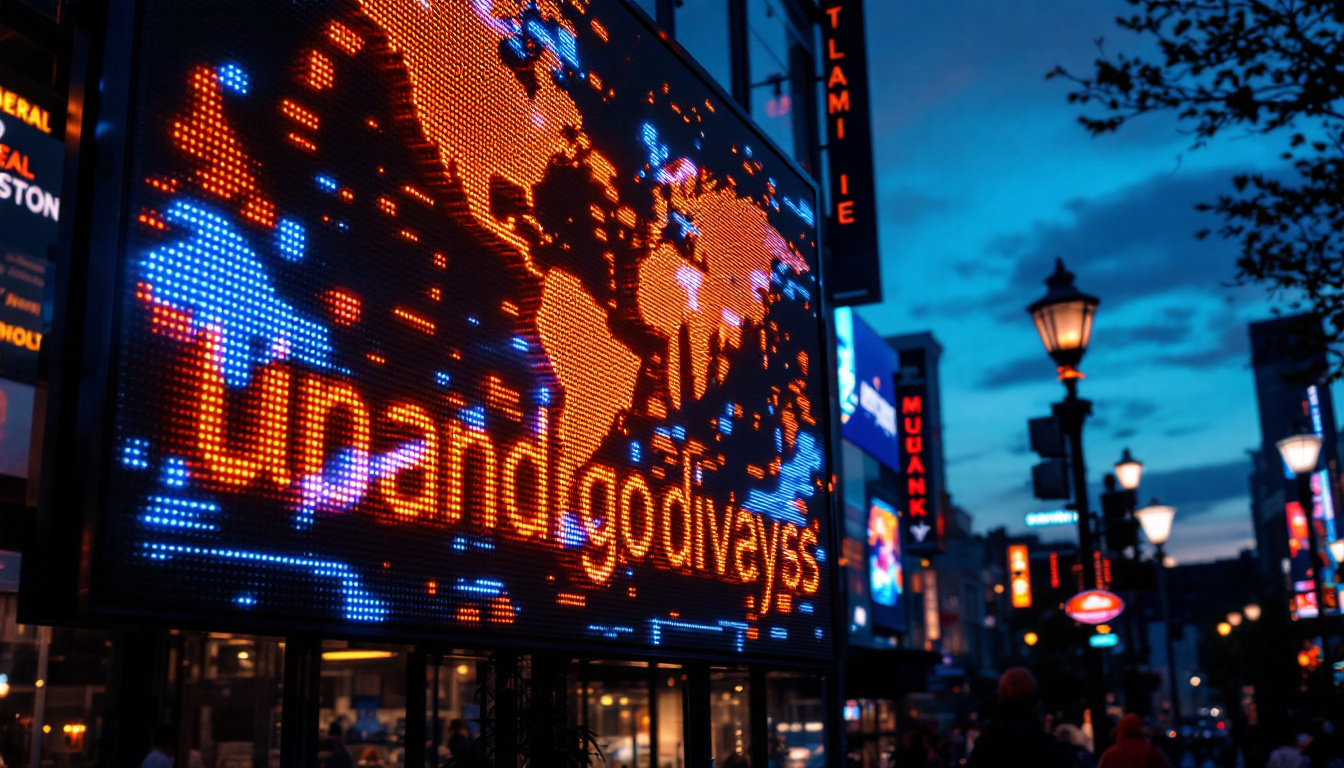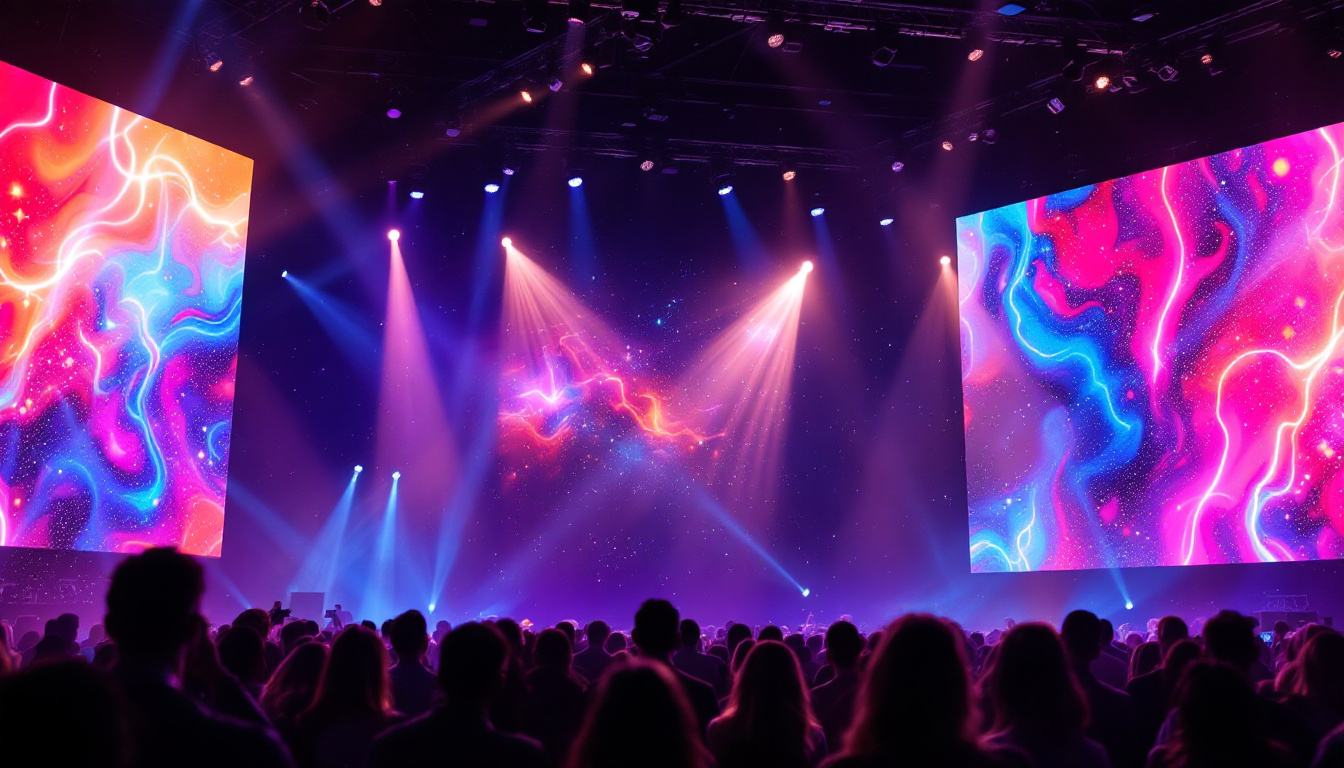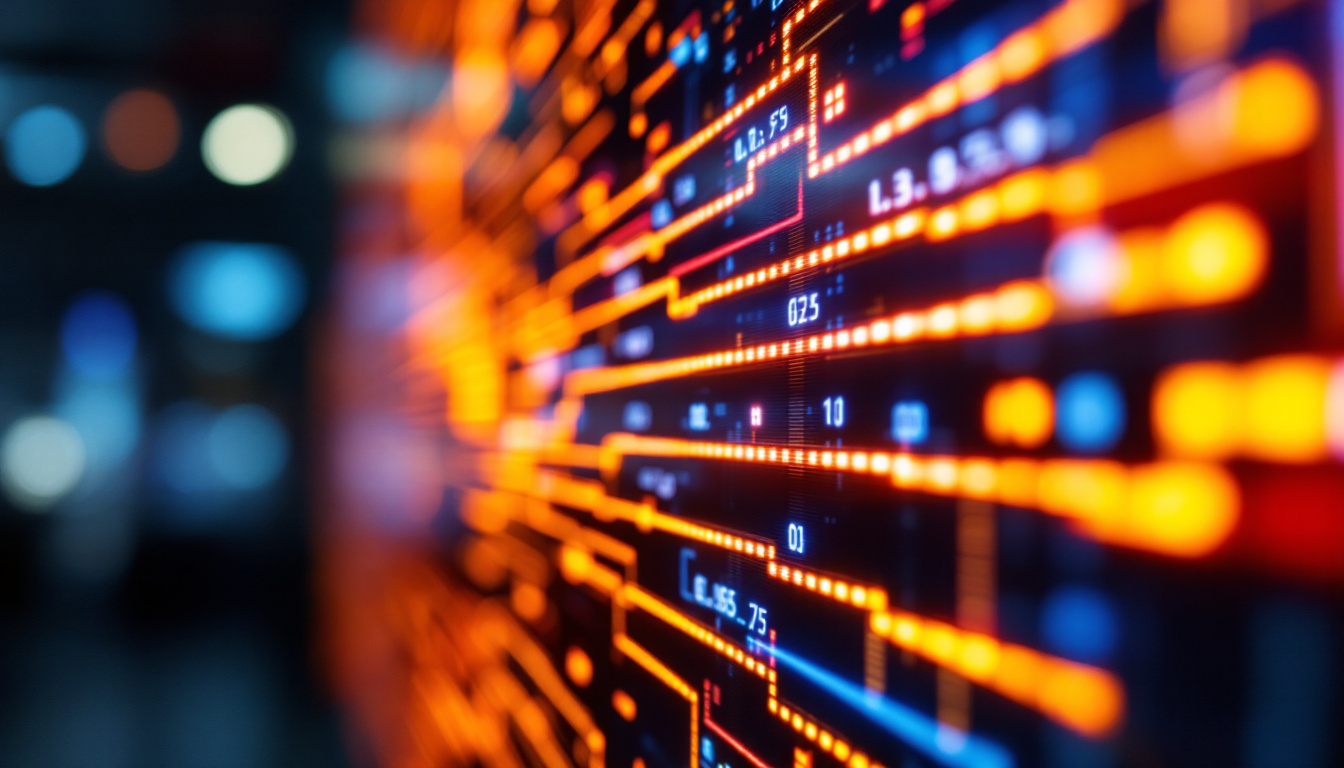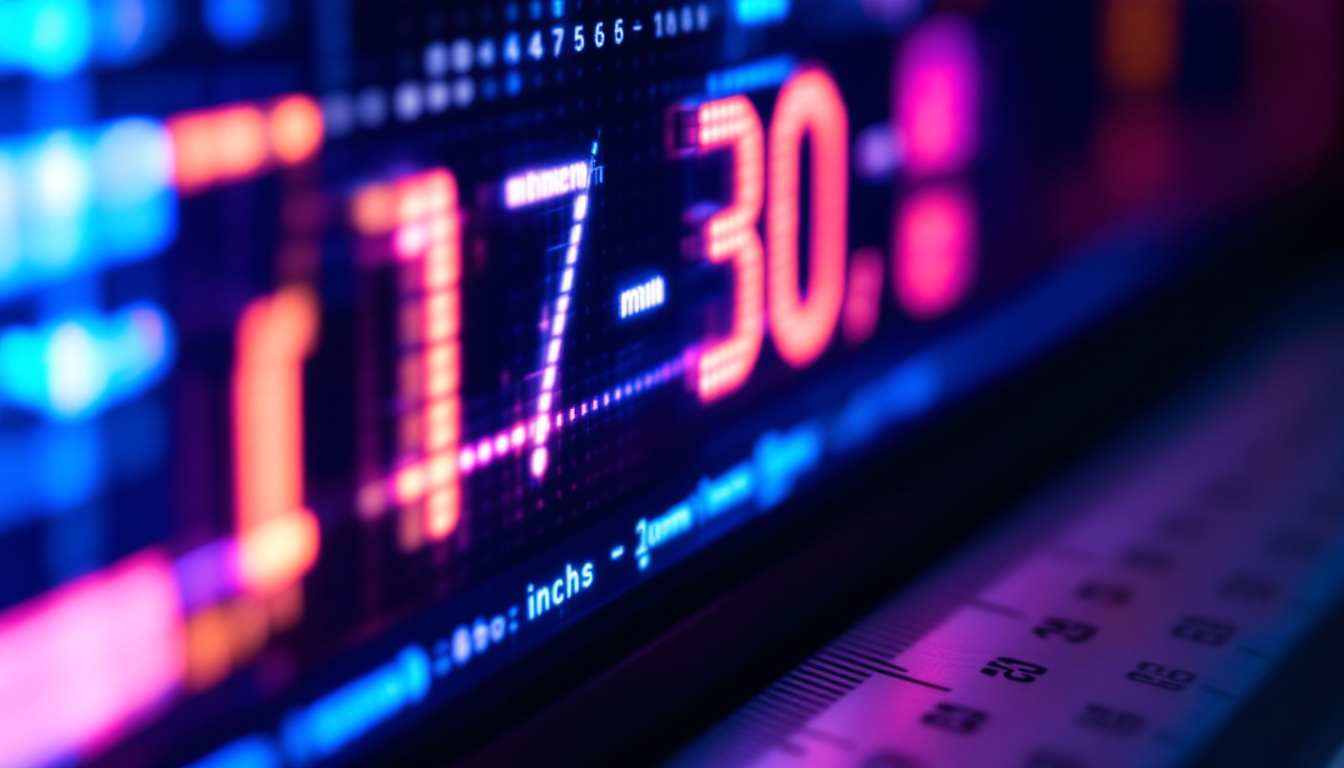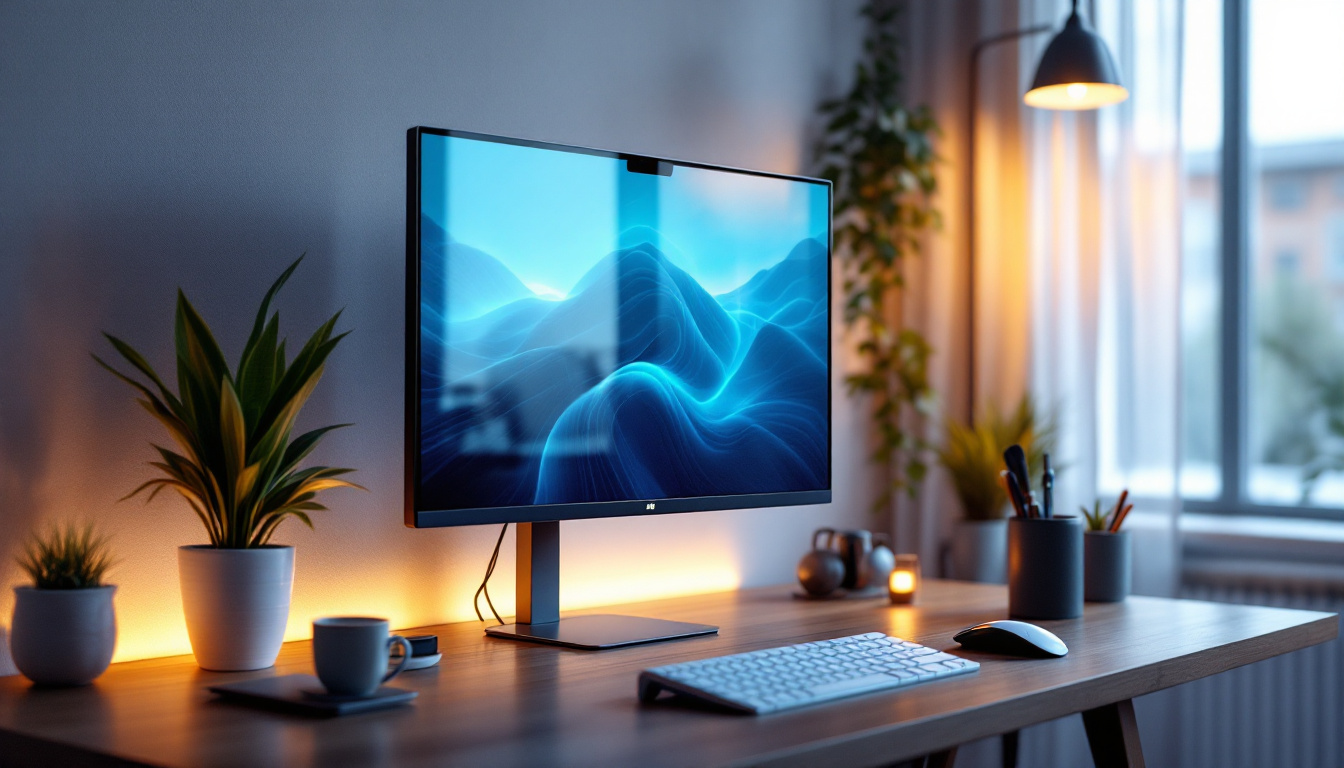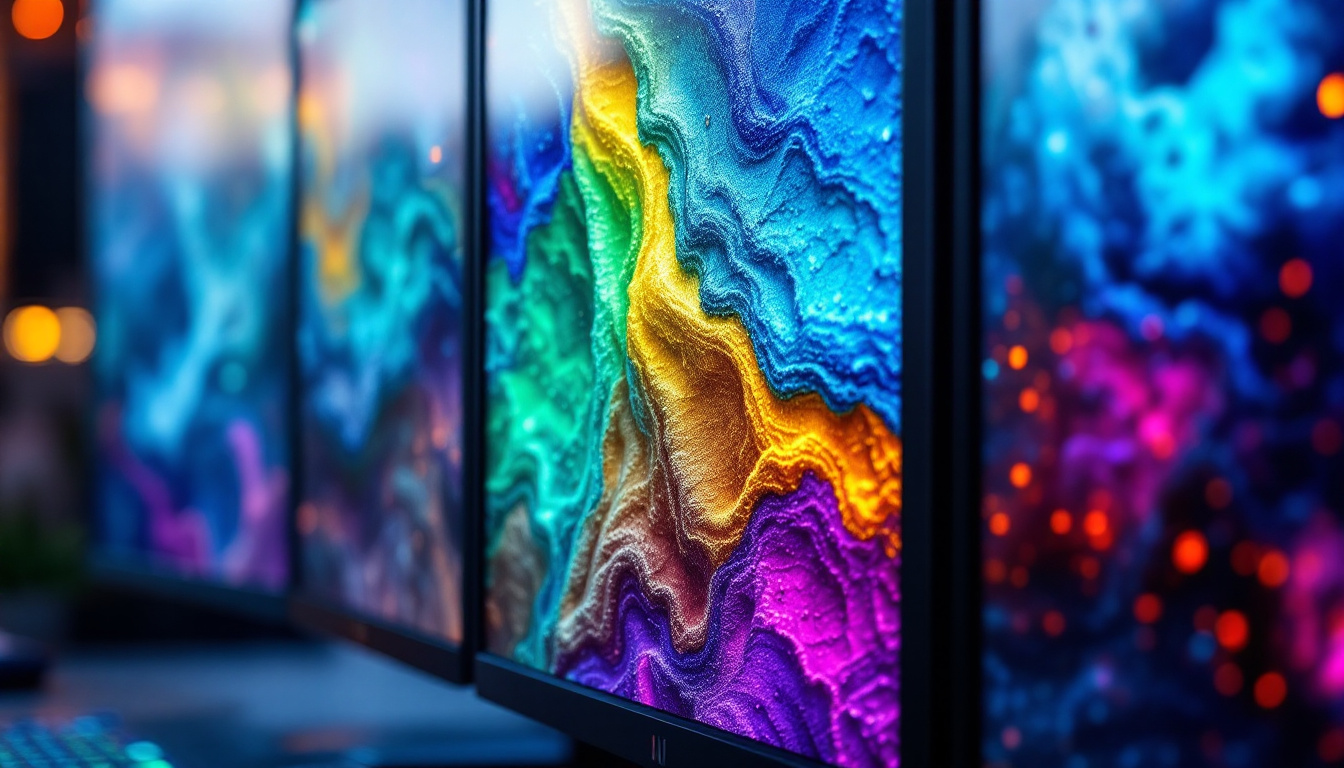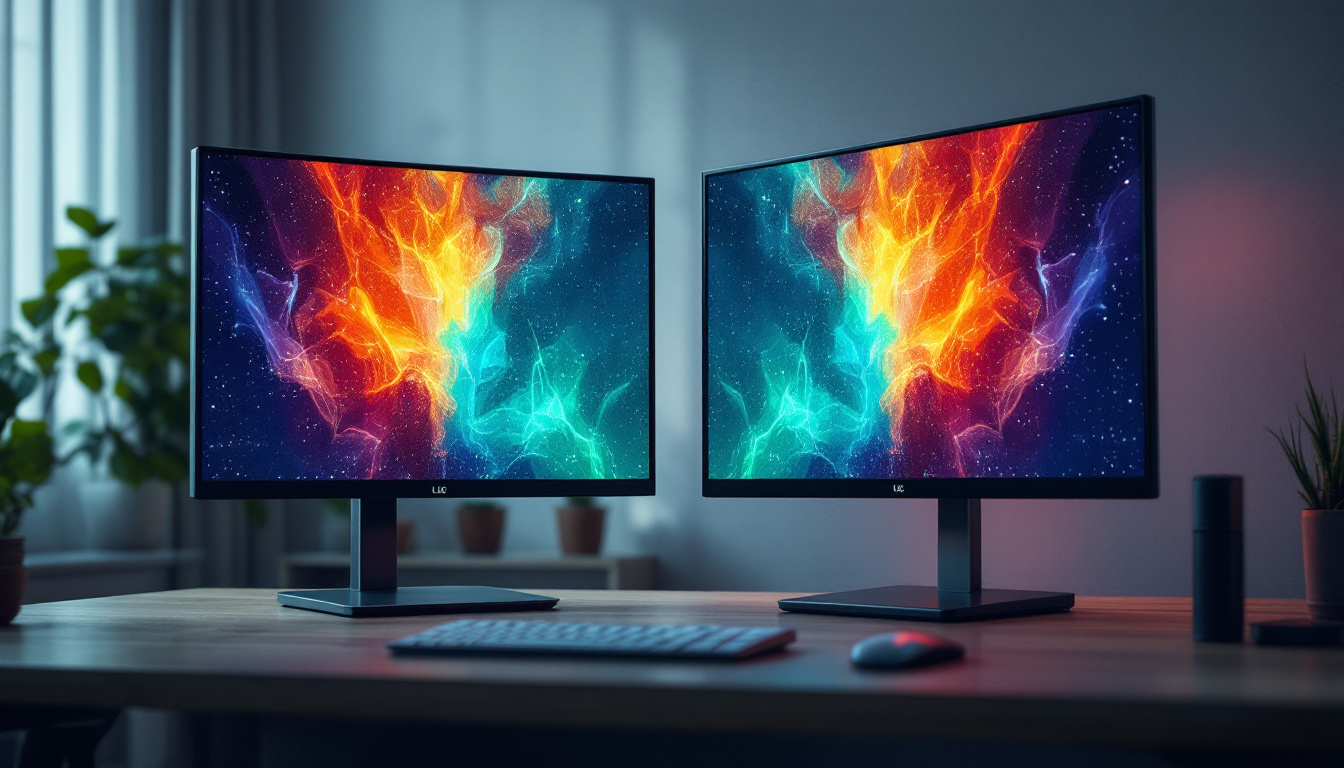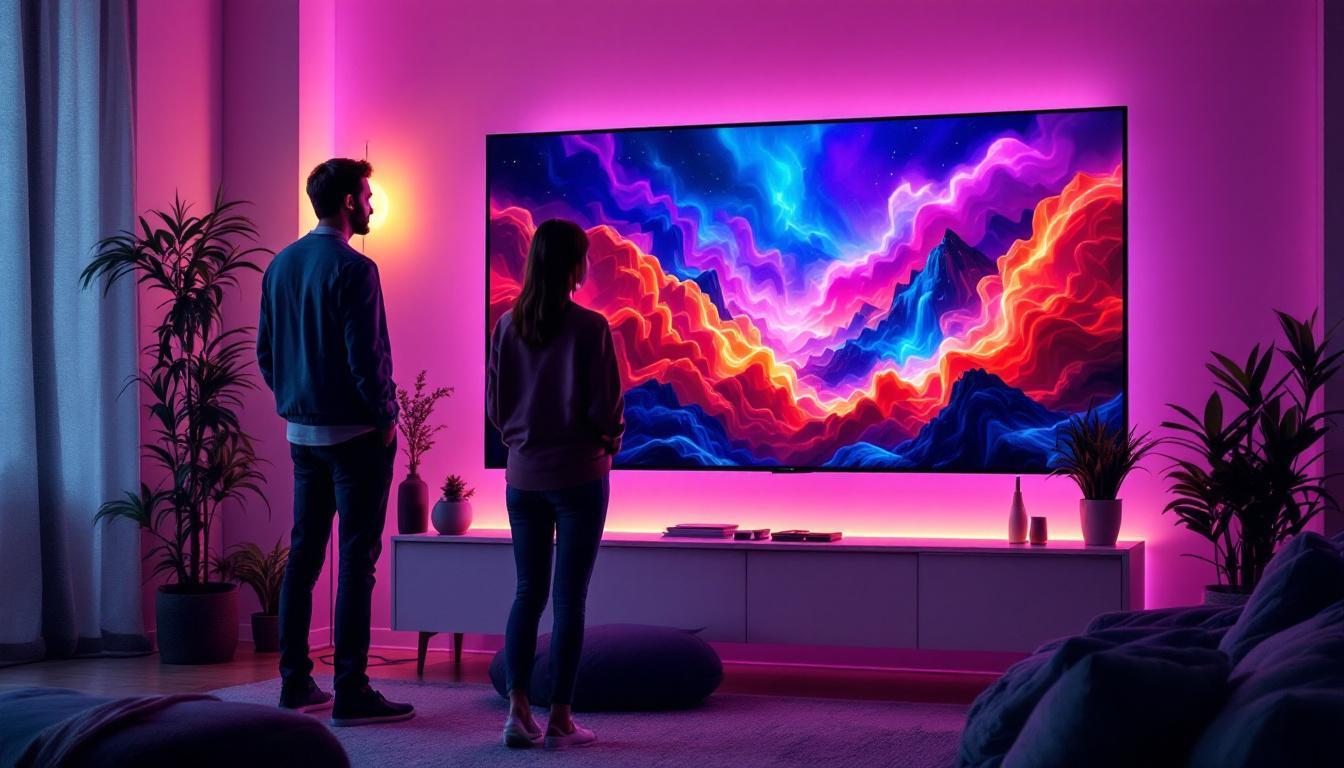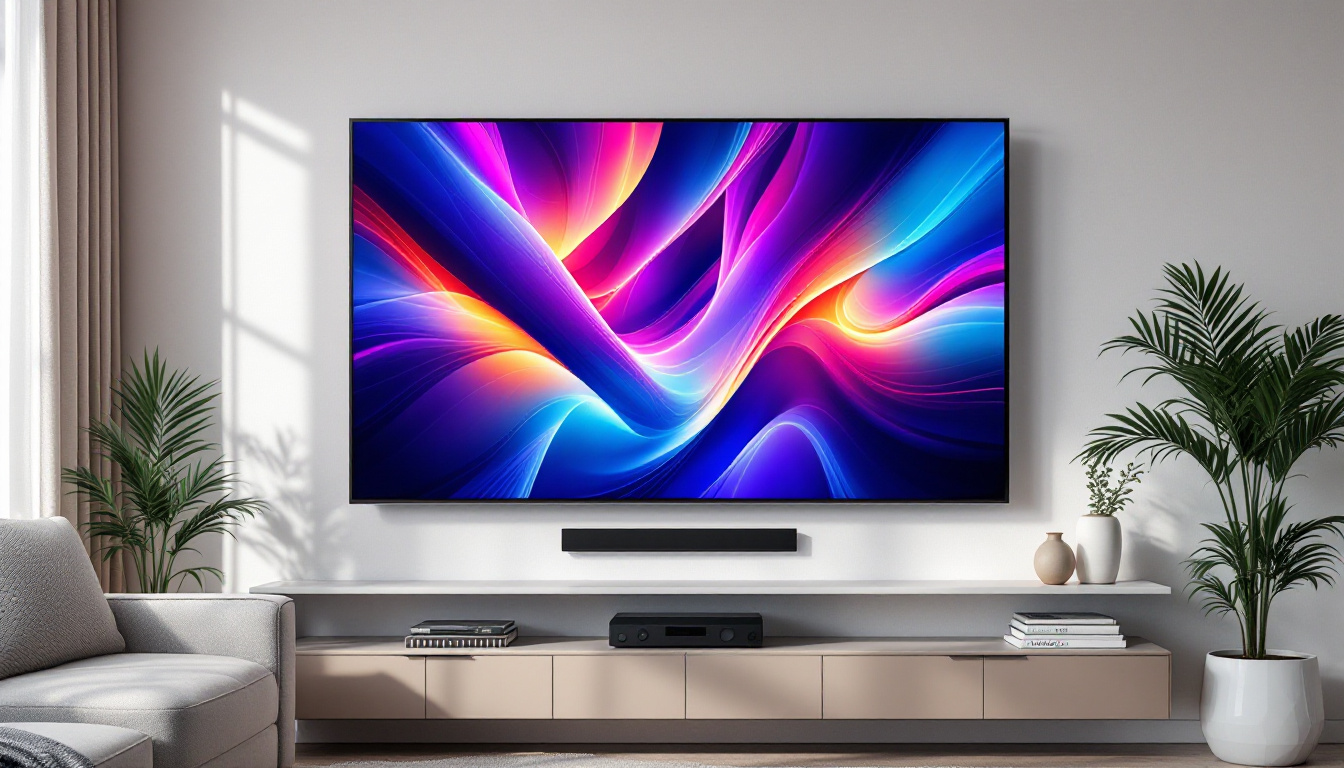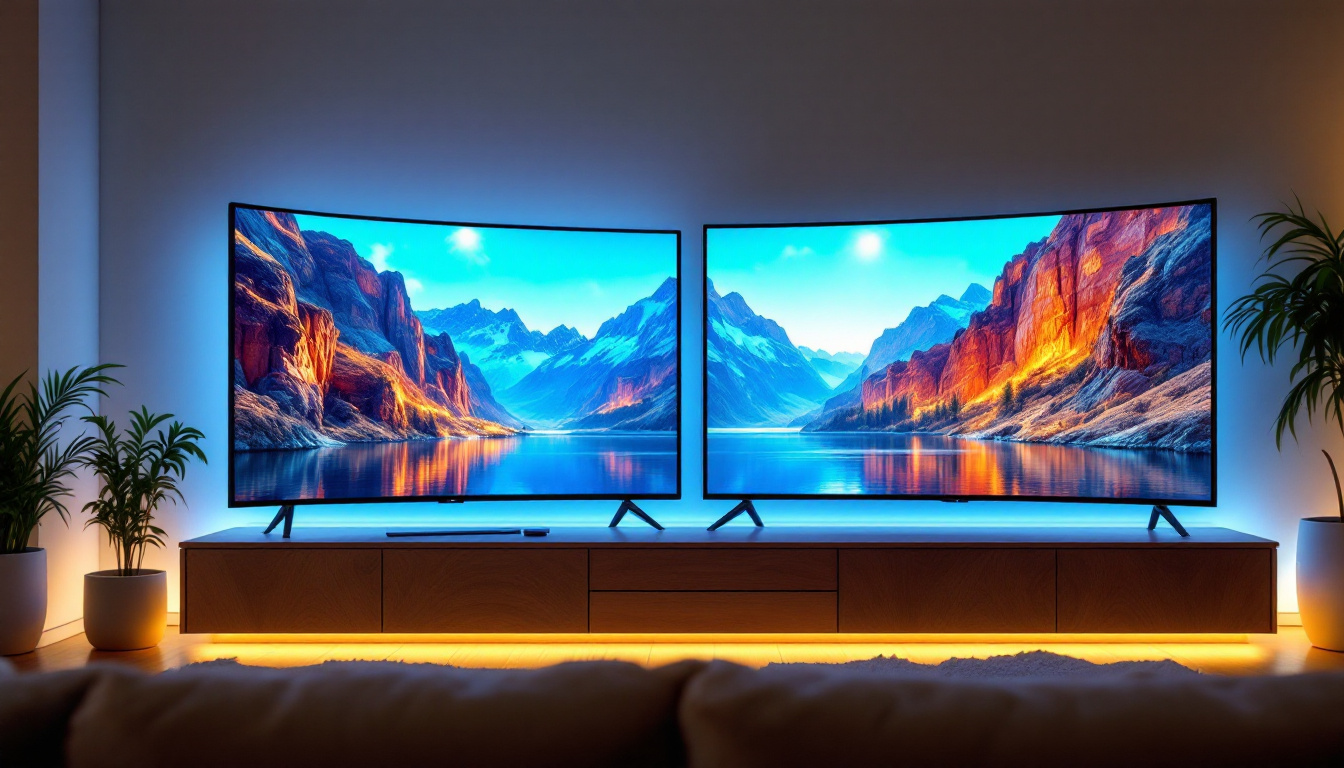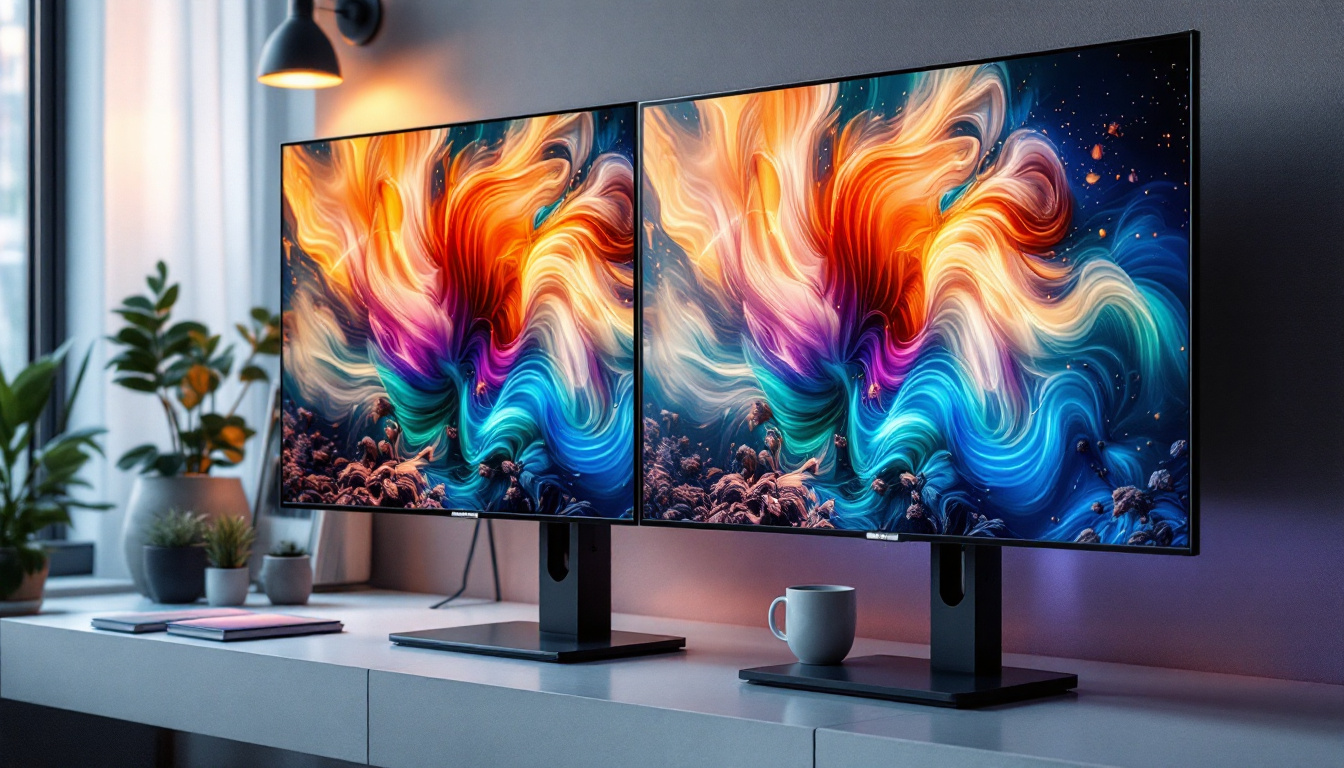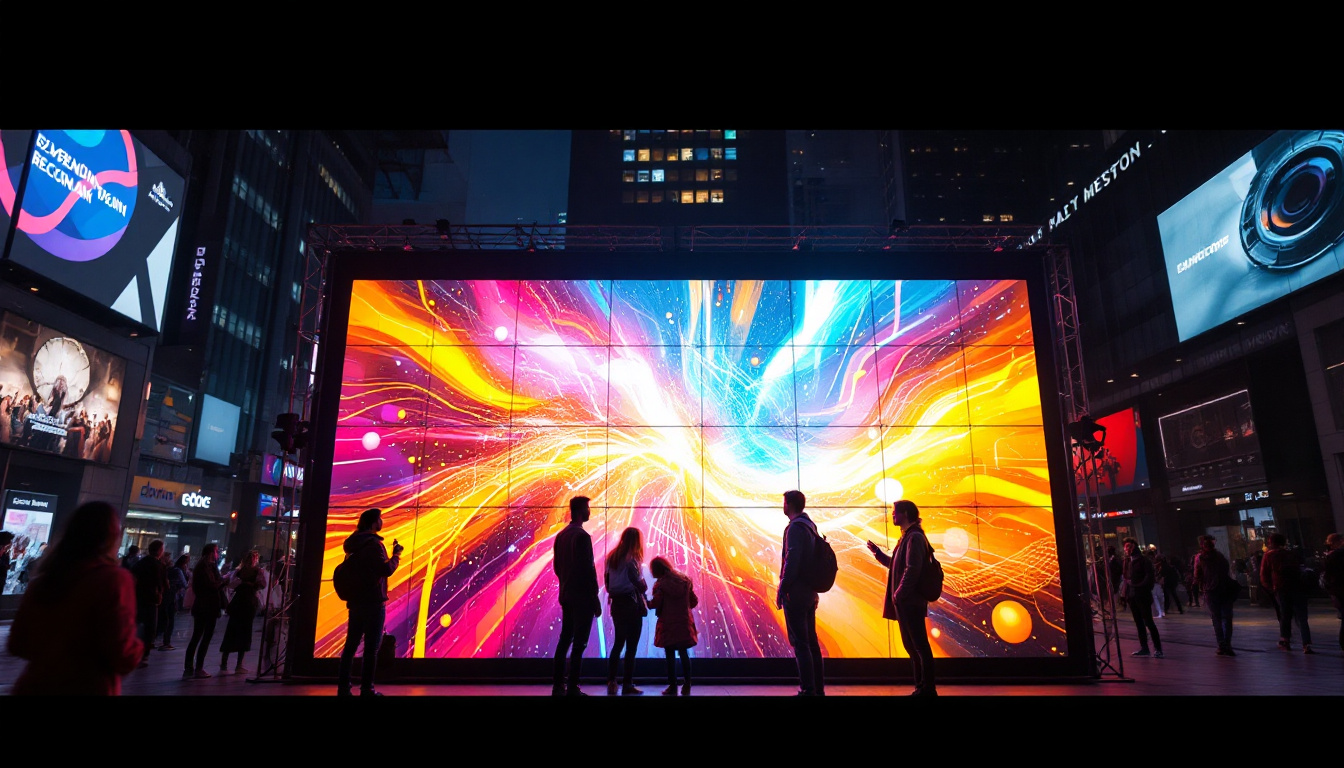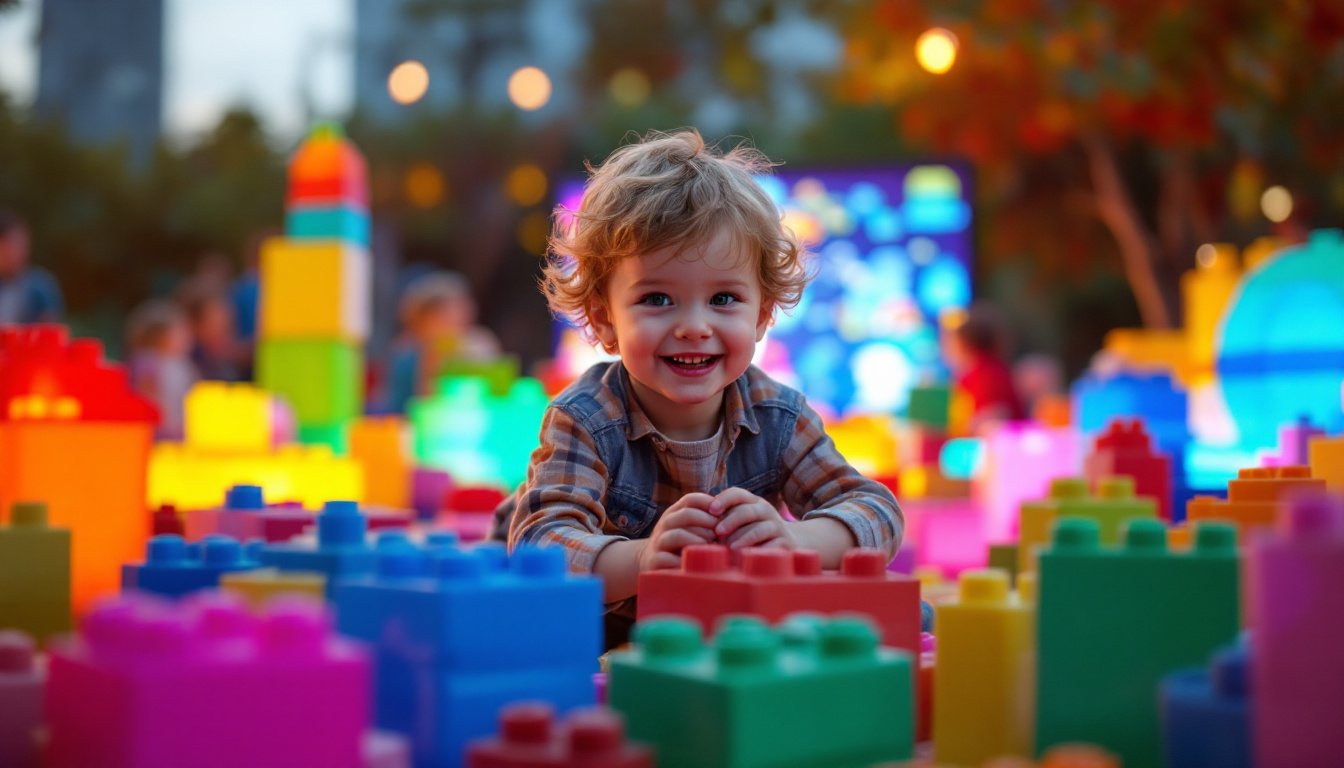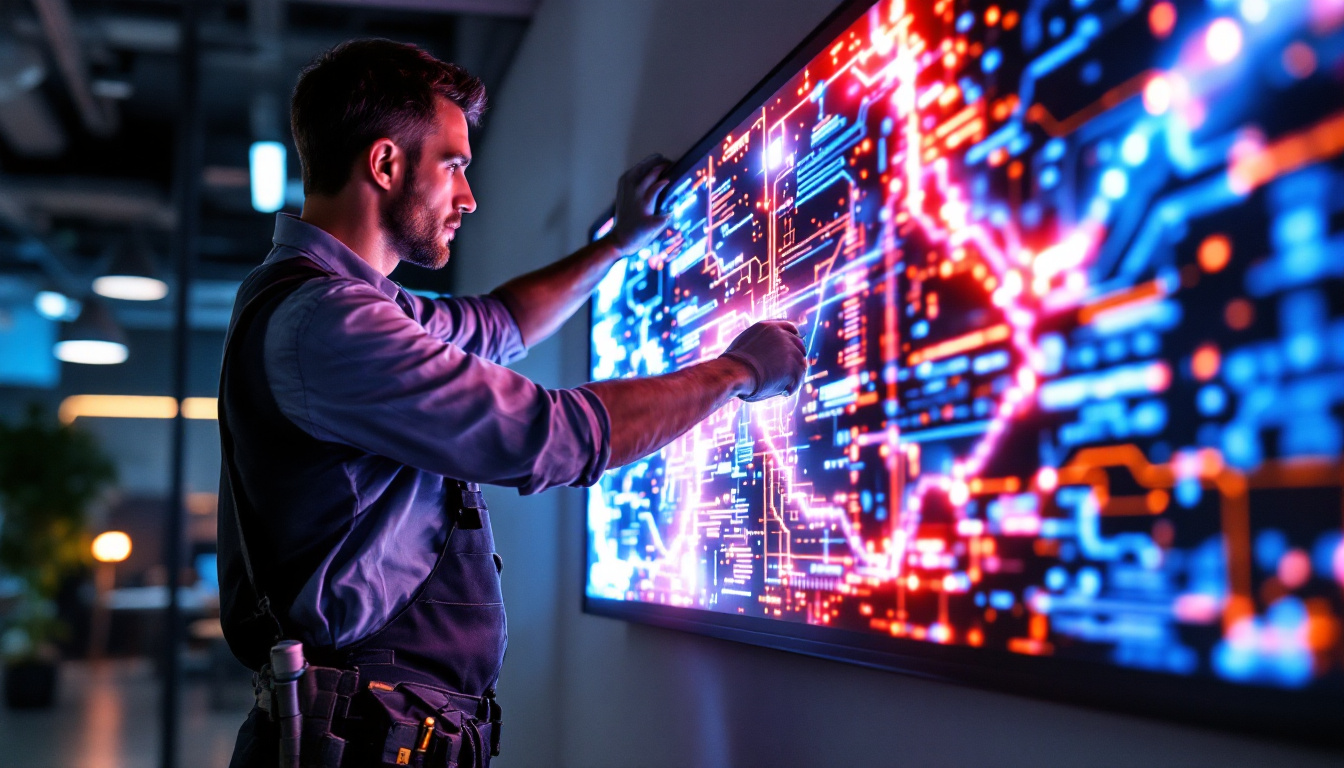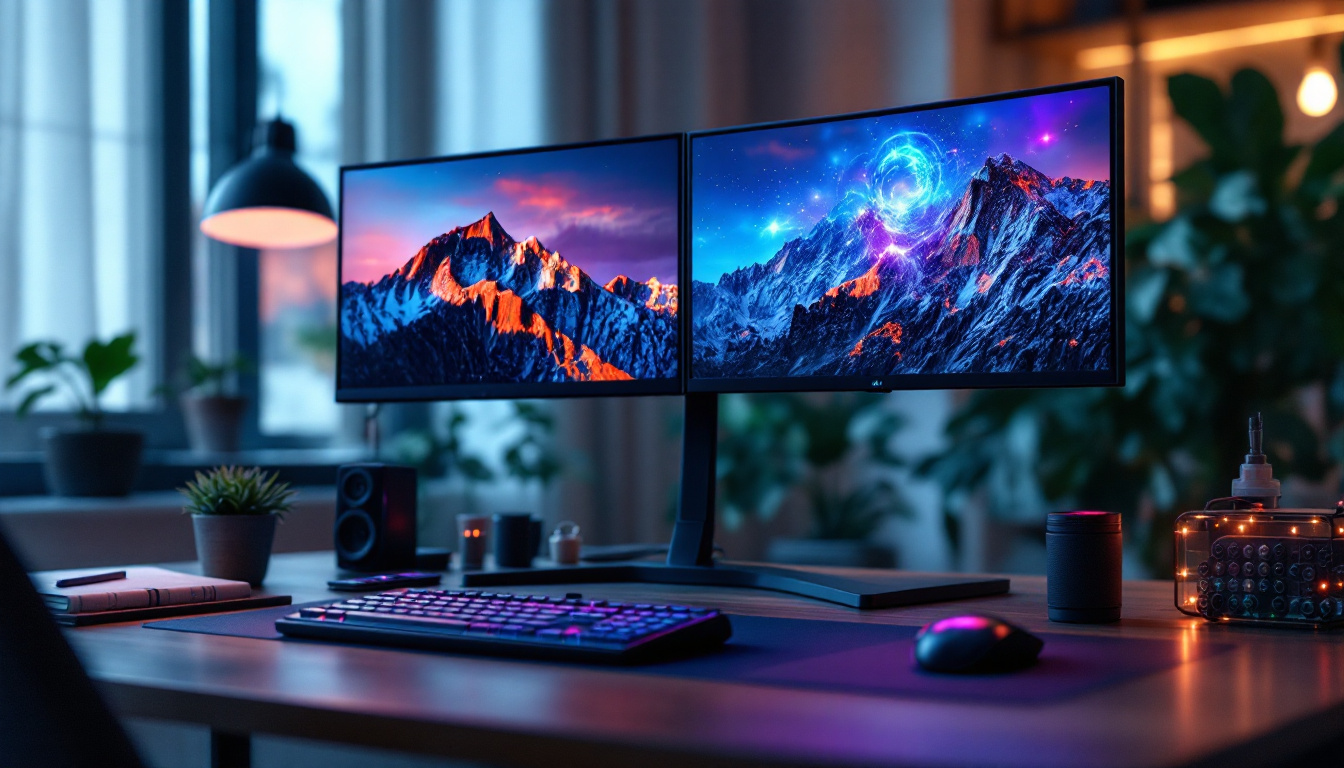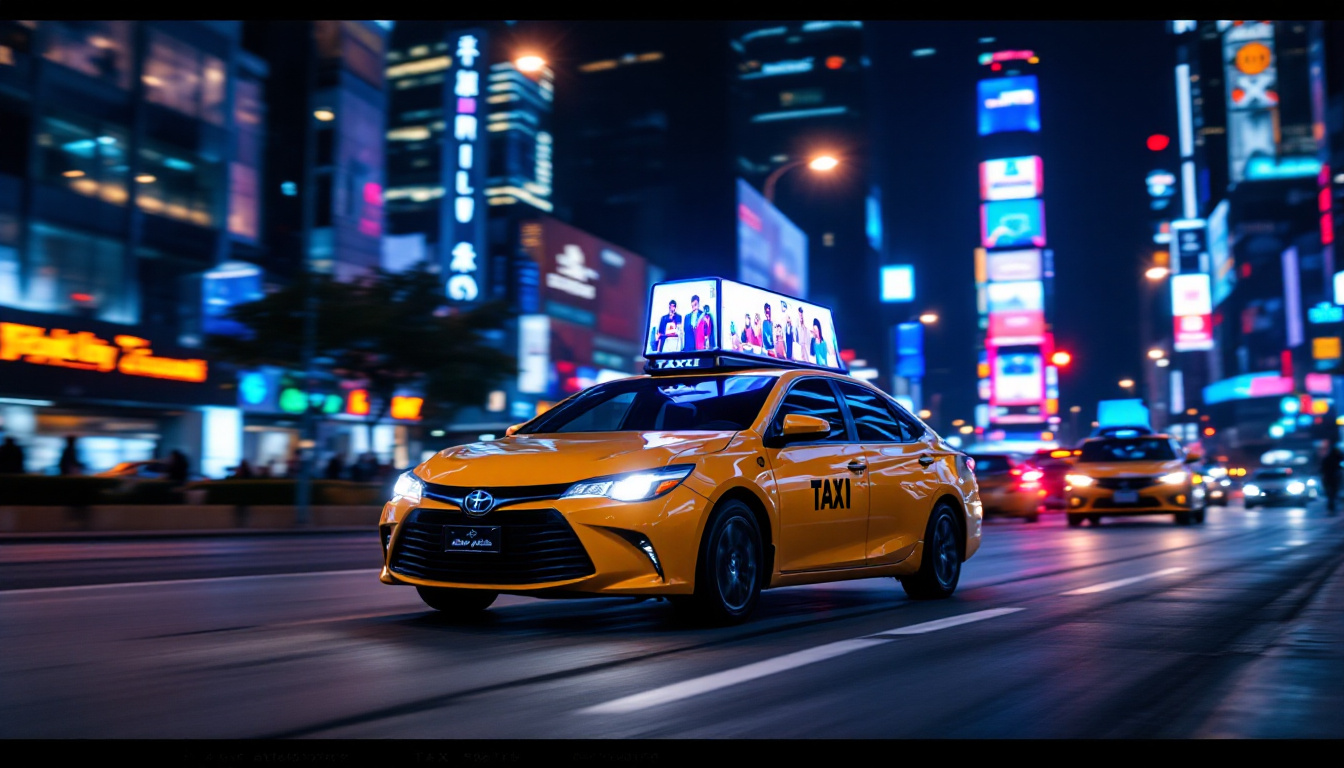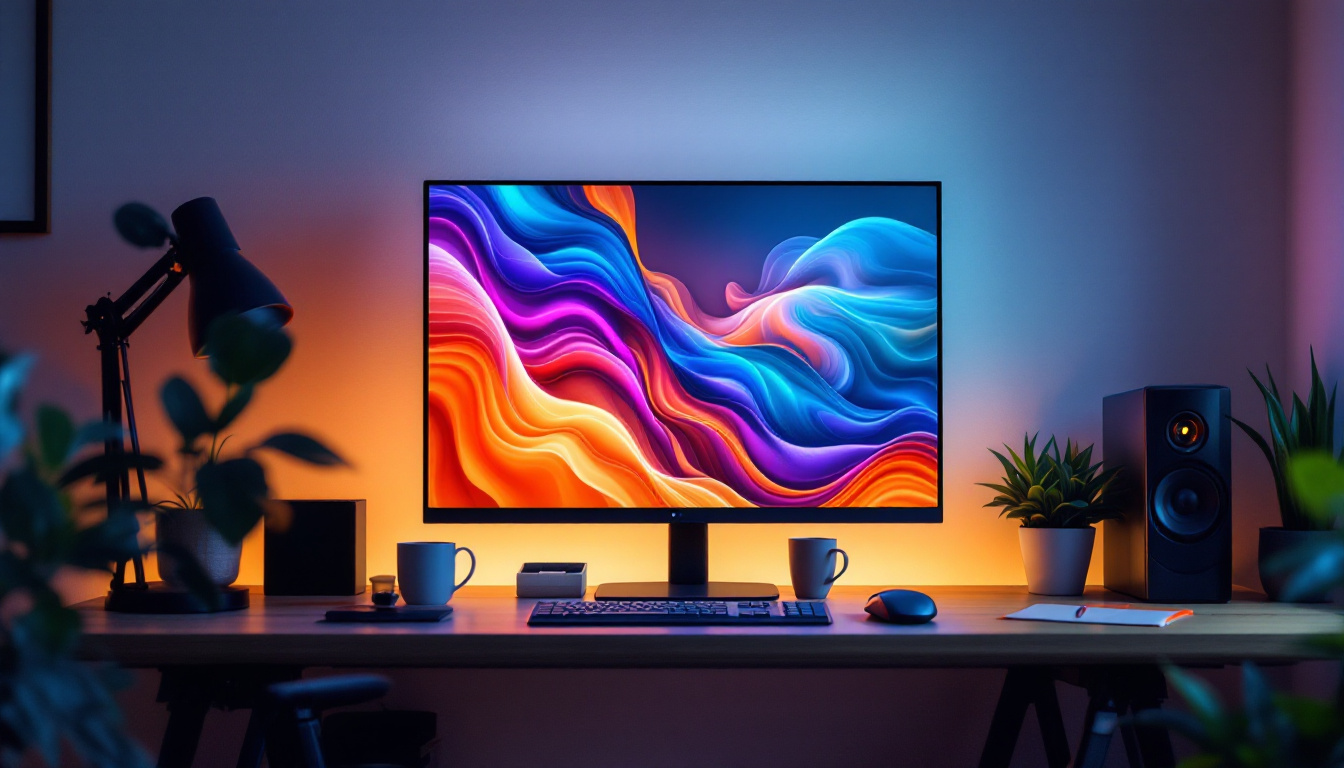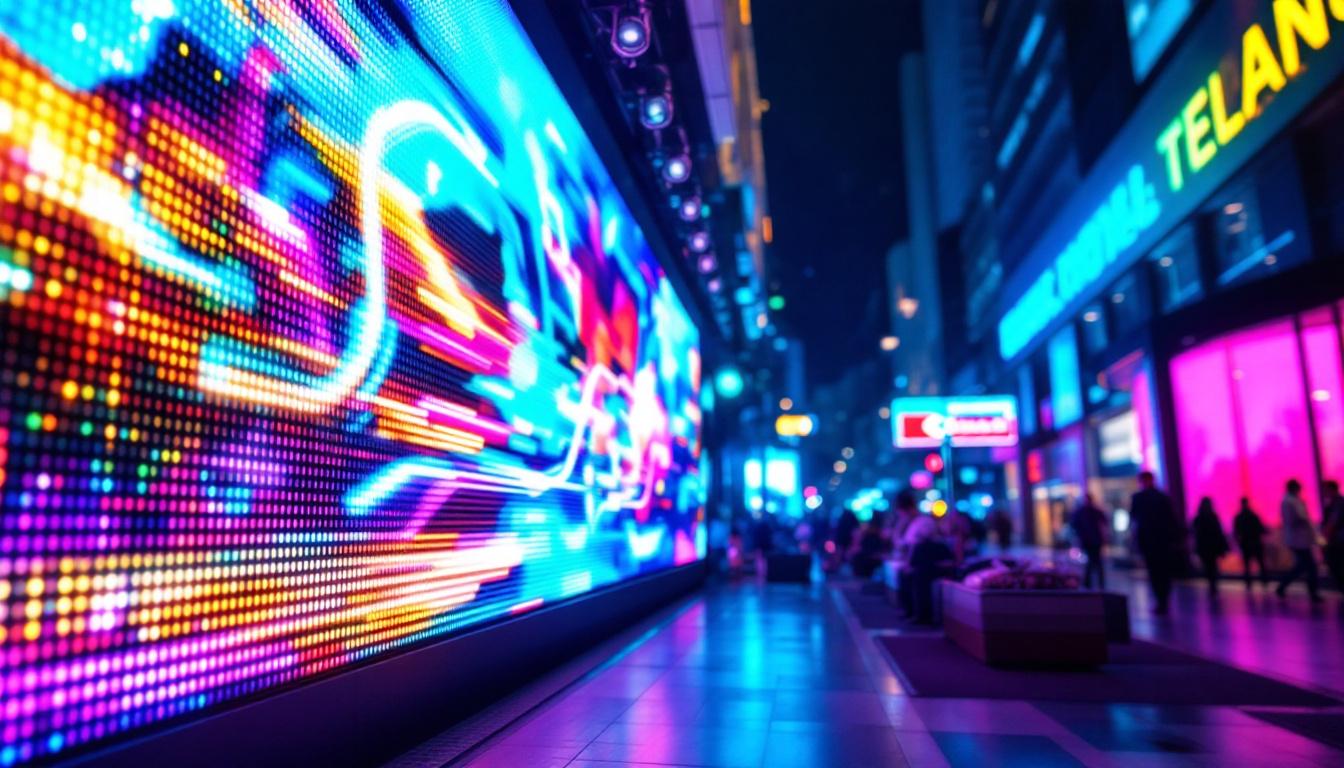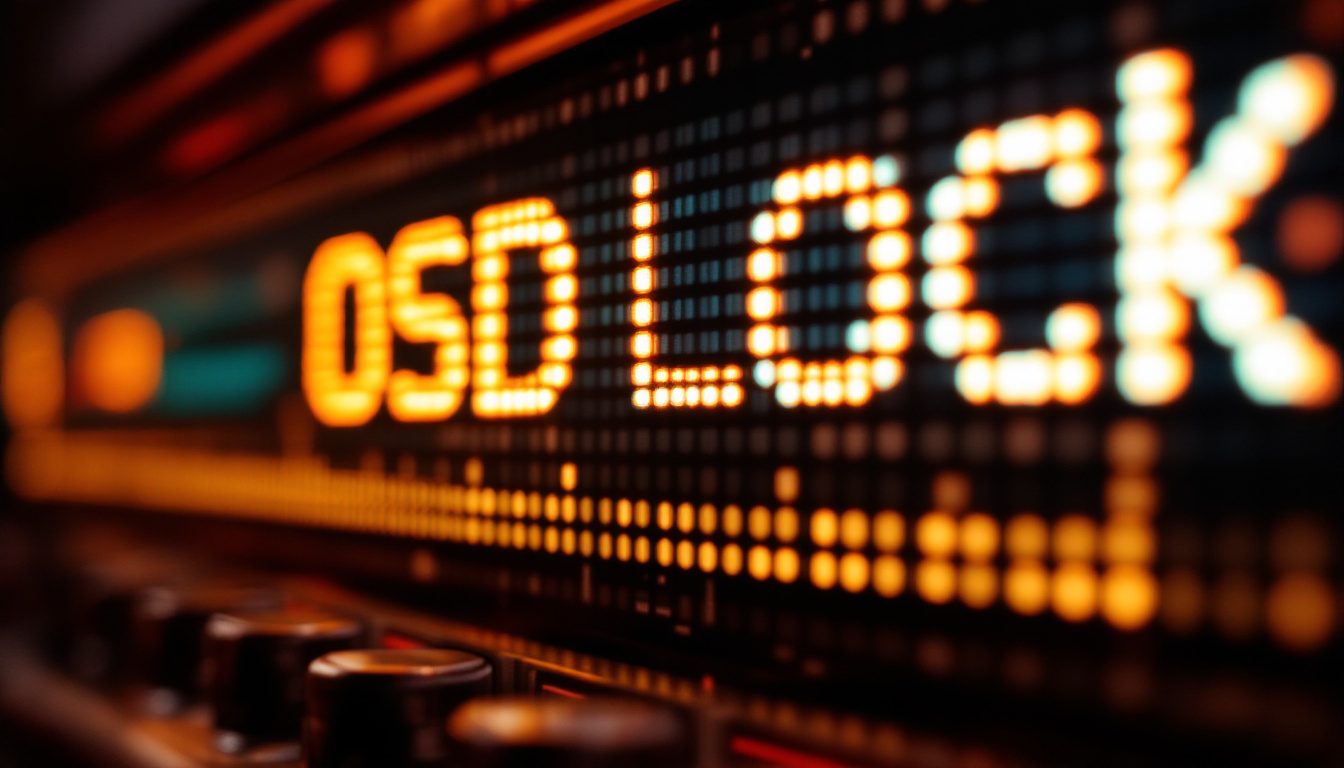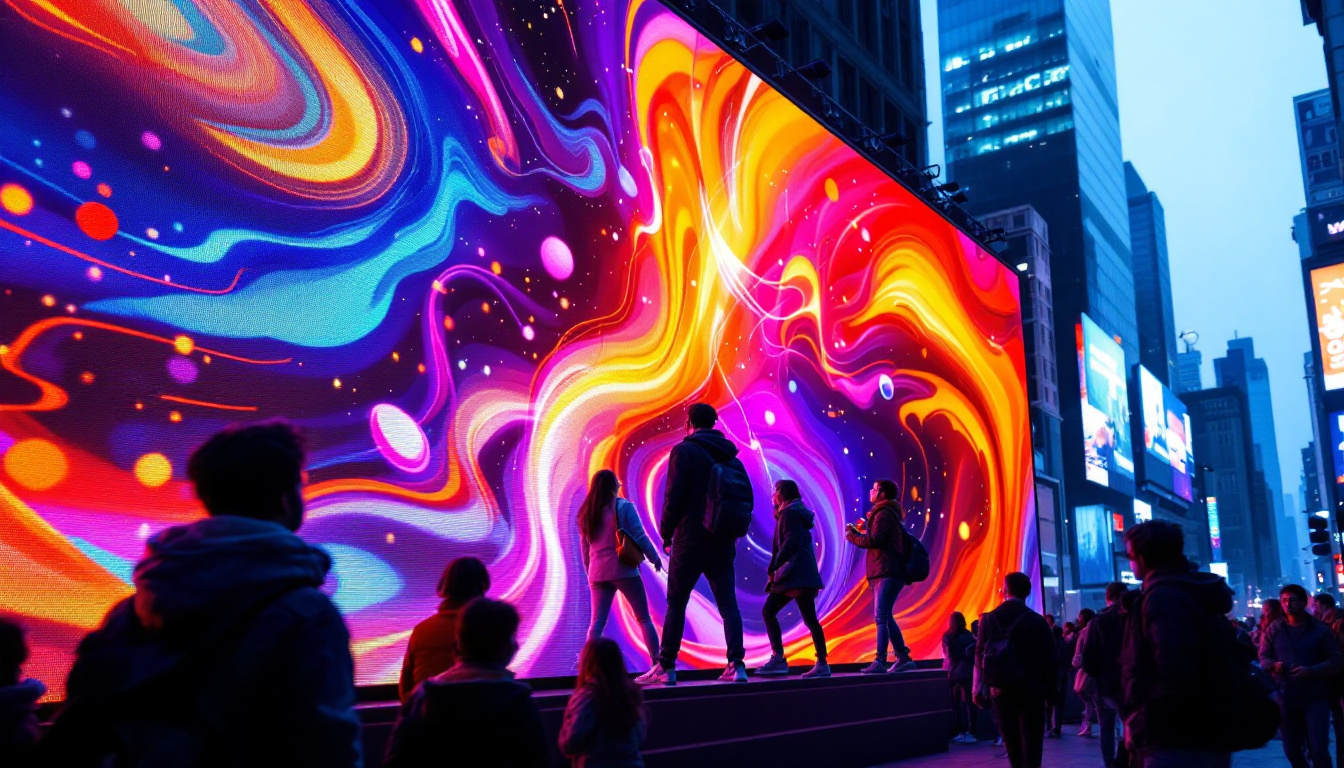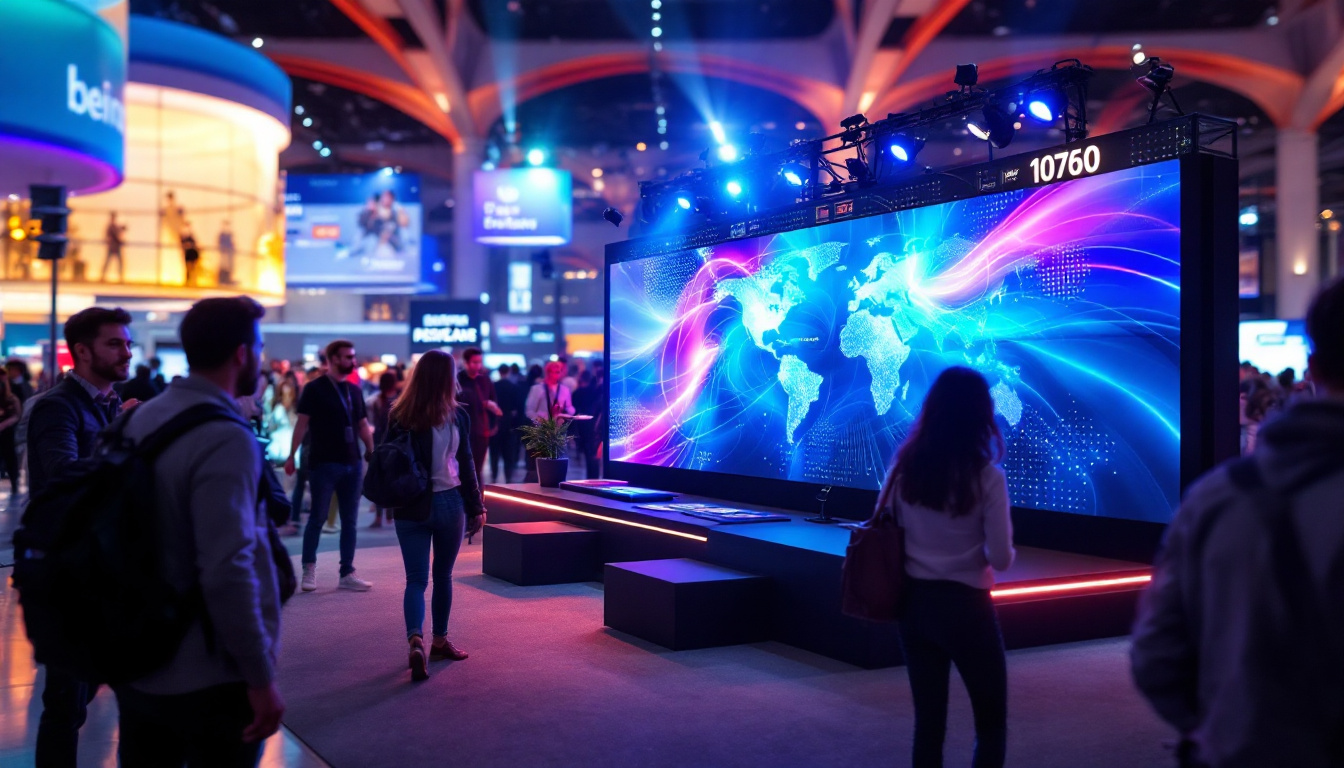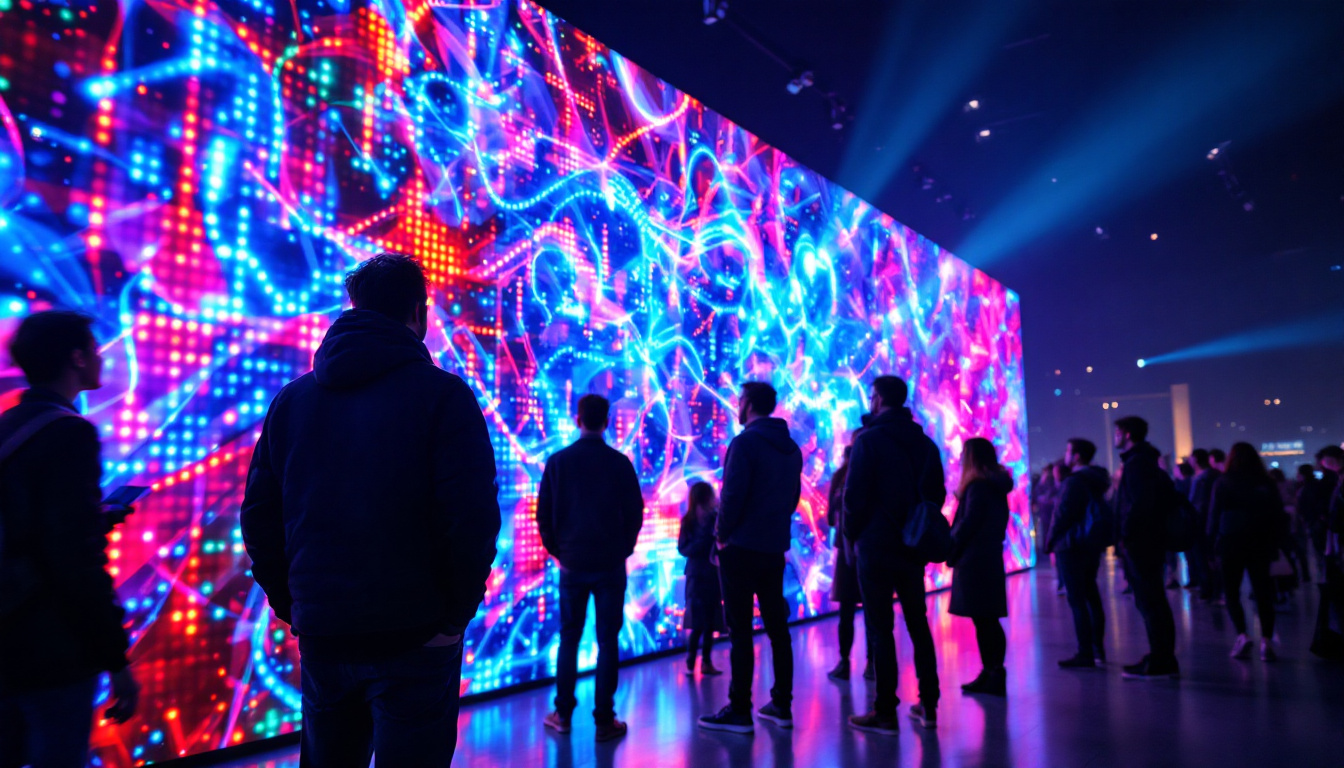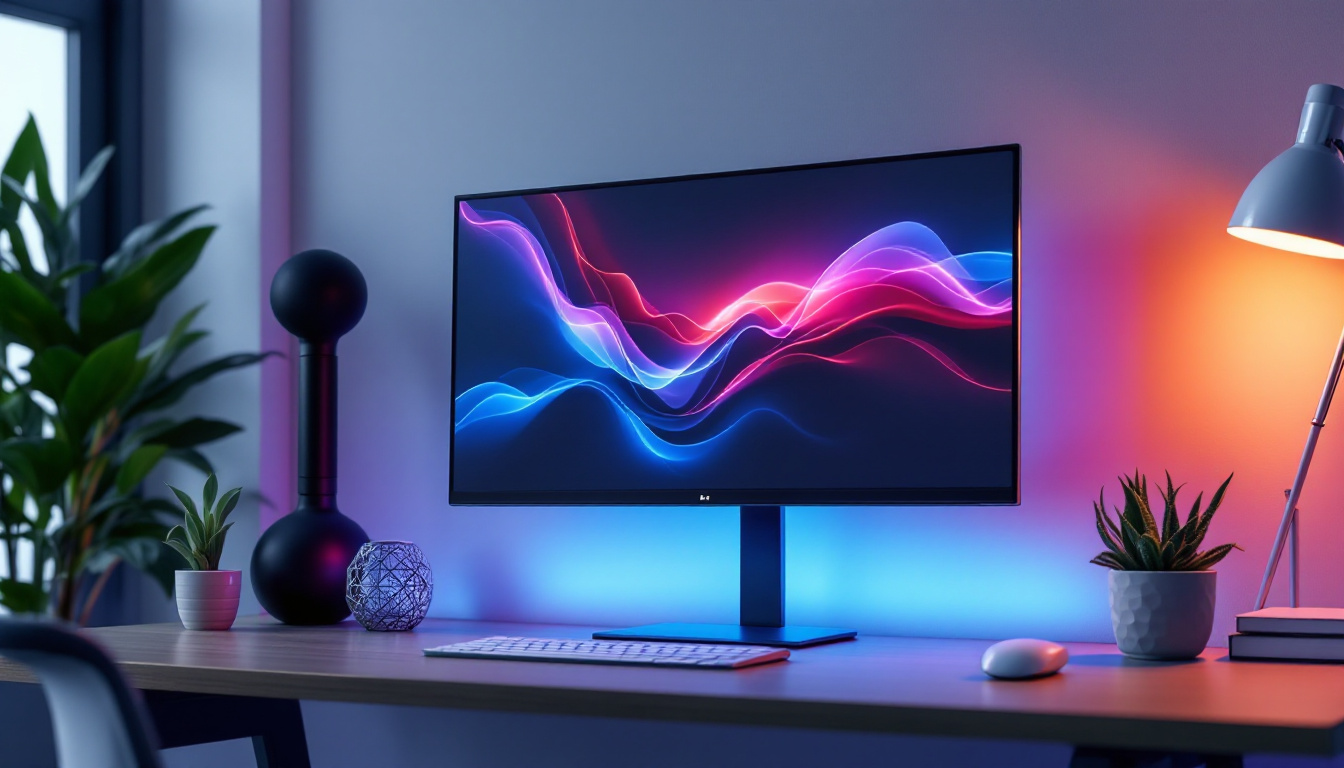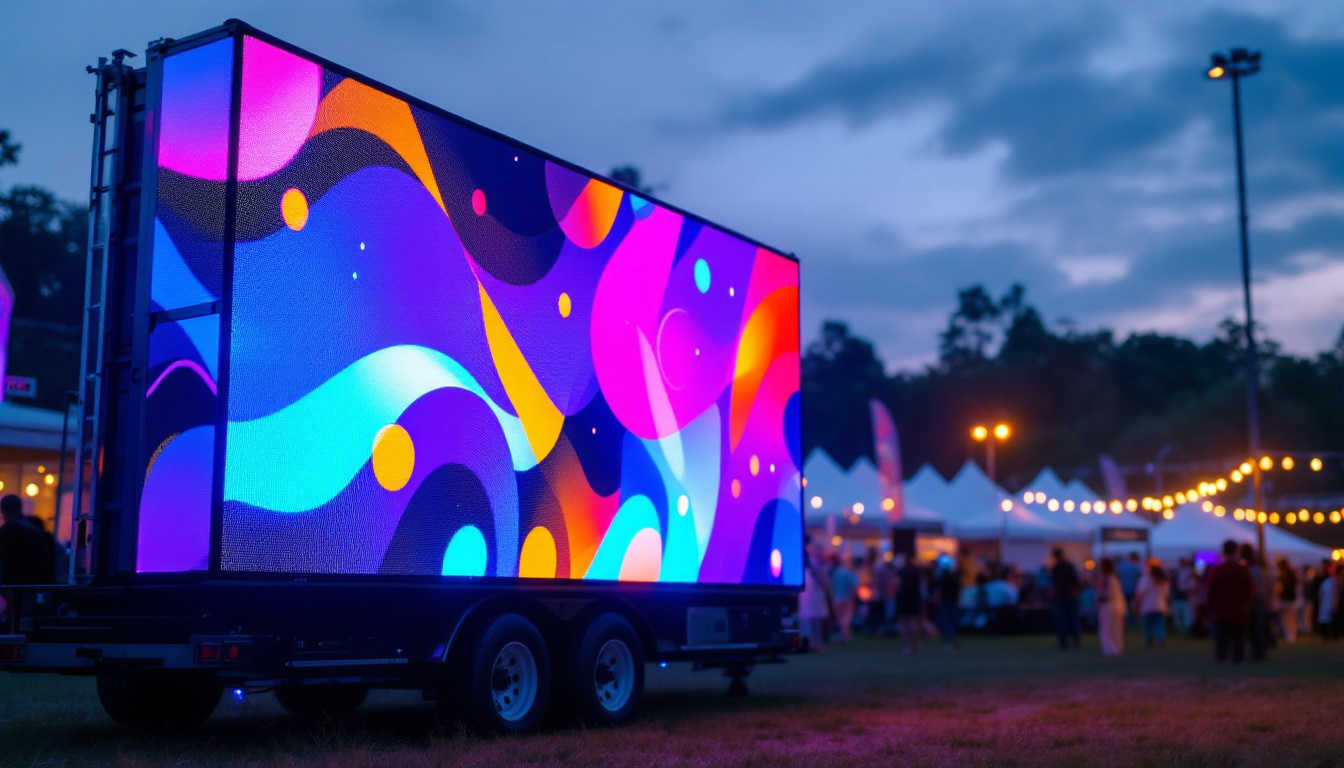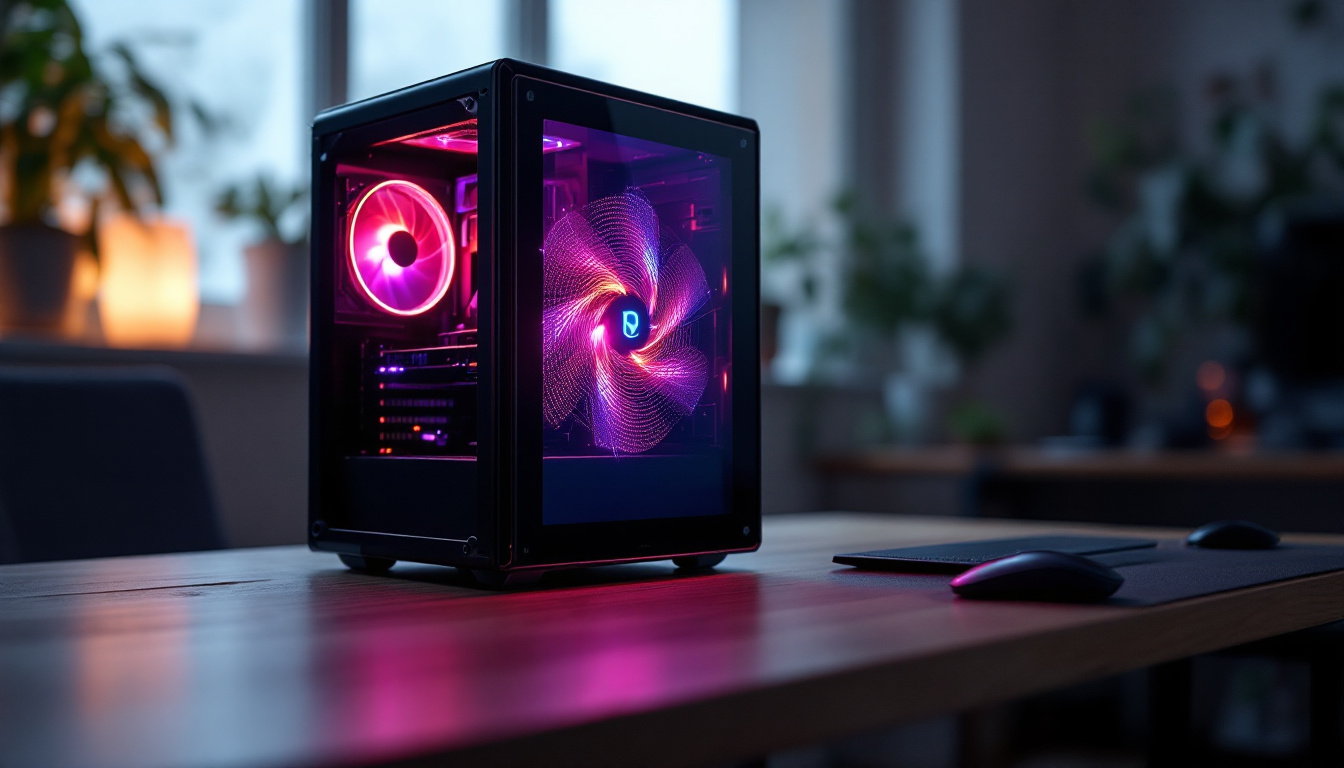In today’s fast-paced world, effective communication is essential for businesses and organizations. One of the most impactful ways to convey messages is through LED displays. These vibrant, eye-catching signs have transformed the way information is presented, making them a popular choice for advertising and public announcements. This article delves into the intricacies of LED modules for signs, exploring their functionality, benefits, and applications.
Understanding LED Modules
LED modules are the building blocks of LED displays. They consist of multiple light-emitting diodes (LEDs) arranged in a specific configuration, designed to produce bright and colorful images or text. The modular design allows for flexibility in size and shape, making it possible to create displays that fit various applications. This adaptability has made LED modules a popular choice in various industries, from retail to entertainment, where visual impact is crucial.
Additionally, the energy efficiency of LED technology contributes to its widespread adoption. Compared to traditional lighting solutions, LED modules consume significantly less power, which not only reduces operational costs but also minimizes environmental impact. This eco-friendly aspect, combined with their long lifespan, makes LED modules a sustainable choice for modern signage and display solutions.
Components of LED Modules
Each LED module typically includes several key components:
- LEDs: The primary light source, available in various colors, including red, green, blue, and white.
- PCB (Printed Circuit Board): The base that holds the LEDs and connects them to the power supply and control systems.
- Resistors: These components help regulate the current flowing through the LEDs, ensuring optimal performance.
- Connectors: Used to link multiple modules together, allowing for larger displays.
Understanding these components is crucial for anyone considering the use of LED modules in signage, as they directly impact the display’s performance and longevity. For instance, the choice of PCB material can affect heat dissipation, which is vital for maintaining the brightness and color accuracy of the LEDs. Furthermore, the quality of connectors can influence the ease of installation and the reliability of the display over time, making it essential to select high-quality components for any LED module project.
Types of LED Modules
LED modules come in various types, each suited for different applications:
- Single Color Modules: These are designed to emit only one color, making them ideal for simple text displays.
- RGB Modules: Capable of producing a full spectrum of colors, these modules are perfect for dynamic displays that require vibrant visuals.
- Full-Color Modules: These integrate multiple RGB LEDs to create rich, colorful images and videos.
The choice of module type depends on the intended use of the display, whether it be for advertising, information dissemination, or artistic purposes. For example, single color modules are often used in applications like scoreboards or directional signage, where clarity and simplicity are paramount. In contrast, full-color modules are increasingly popular in environments like concert venues or shopping malls, where engaging visuals can significantly enhance the customer experience. Moreover, advancements in technology have led to the development of flexible LED modules, which can be bent and shaped to fit unconventional spaces, further expanding the creative possibilities for designers and advertisers alike.
The Functionality of LED Displays
LED displays operate by controlling the brightness and color of individual LEDs to create images or text. This is achieved through a combination of hardware and software, which work together to ensure accurate and timely information presentation.
Control Systems
The control system is a vital part of any LED display setup. It manages the data sent to the display, determining what content is shown and how it is presented. There are two primary types of control systems:
- Static Control Systems: These are used for simple displays that show fixed content, such as logos or static advertisements.
- Dynamic Control Systems: These allow for real-time updates and can display changing information, such as news feeds or social media updates.
Dynamic control systems often rely on software that can handle various media types, enabling businesses to engage with their audience in innovative ways.
Brightness and Resolution
The brightness and resolution of an LED display significantly affect its visibility and clarity. Brightness is measured in nits, with higher values indicating a brighter display. This is particularly important for outdoor displays that need to be visible in direct sunlight.
Resolution, on the other hand, refers to the number of pixels in the display. Higher resolution displays provide more detail and sharper images, making them suitable for intricate designs and graphics. The pixel pitch, or the distance between individual pixels, plays a crucial role in determining resolution; smaller pixel pitches yield higher resolution.
Benefits of LED Displays
LED displays offer numerous advantages over traditional signage methods. Their unique features make them a preferred choice for many businesses and organizations.
Energy Efficiency
One of the most significant benefits of LED technology is its energy efficiency. LED displays consume considerably less power than traditional incandescent or fluorescent signs, leading to lower operational costs. This energy efficiency not only benefits the environment but also helps businesses save on electricity bills.
Longevity and Durability
LED modules are designed to last. With a lifespan of up to 100,000 hours, they significantly outlast other types of lighting. Additionally, they are built to withstand various weather conditions, making them suitable for both indoor and outdoor applications. Their durability reduces the need for frequent replacements, further enhancing their cost-effectiveness.
Versatility and Customization
LED displays can be customized to fit a wide range of applications. From large billboards to small informational signs, the modular nature of LED technology allows for endless possibilities in design and functionality. Businesses can create unique displays that reflect their brand identity, helping them stand out in a competitive market.
Applications of LED Displays
The versatility of LED displays has led to their adoption across various industries. Here are some common applications:
Advertising and Marketing
LED displays are a powerful tool for advertising. Their bright colors and dynamic content capture attention, making them ideal for promoting products and services. retailers often use LED signs to highlight sales, new arrivals, or special events, driving foot traffic and increasing sales.
Public Information Systems
Many cities and municipalities utilize LED displays for public information systems. These signs can provide real-time updates on traffic conditions, weather alerts, and emergency announcements. Their ability to convey critical information quickly and effectively can enhance public safety and awareness.
Entertainment and Events
In the entertainment industry, LED displays are used in concerts, sporting events, and festivals to create immersive experiences. They can display live feeds, videos, and animations, engaging audiences and enhancing the overall atmosphere of events. Their flexibility allows for creative staging and dynamic presentations.
Installation and Maintenance Considerations
While LED displays offer numerous benefits, proper installation and maintenance are crucial for optimal performance. Understanding these aspects can help ensure longevity and reliability.
Installation Process
The installation of LED displays involves several steps:
- Site Assessment: Evaluating the location to determine the best display size, orientation, and mounting options.
- Electrical Setup: Ensuring that the necessary power supply and wiring are in place to support the display.
- Mounting: Securely installing the display, whether on a building facade, freestanding structure, or other surfaces.
Engaging professional installers with experience in LED technology can help streamline this process and ensure compliance with safety standards.
Regular Maintenance
To keep LED displays functioning optimally, regular maintenance is essential. This includes:
- Cleaning: Dust and debris can accumulate on the display surface, affecting visibility. Regular cleaning helps maintain clarity.
- Software Updates: Keeping the control software up to date ensures compatibility with new features and enhances performance.
- Component Checks: Regularly inspecting the LEDs, connectors, and power supply can help identify potential issues before they become significant problems.
Establishing a maintenance schedule can help prolong the life of the display and ensure it continues to deliver high-quality performance.
Future Trends in LED Technology
The LED display industry is continually evolving, with advancements in technology paving the way for new possibilities. Here are some trends to watch for in the coming years:
Higher Resolution Displays
As technology advances, the demand for higher resolution displays is increasing. Manufacturers are developing smaller pixel pitches, allowing for more detailed images and clearer text. This trend is particularly relevant for applications requiring high visual fidelity, such as retail and advertising.
Smart Displays
The integration of smart technology into LED displays is on the rise. Features such as connectivity to the internet, data analytics, and interactive capabilities are becoming more common. Smart displays can adapt content based on real-time data, enhancing engagement and effectiveness.
Sustainability Initiatives
With growing awareness of environmental issues, the LED industry is focusing on sustainability. This includes the development of eco-friendly materials, energy-efficient designs, and recycling programs for old displays. As businesses become more environmentally conscious, sustainable LED solutions will likely gain popularity.
Conclusion
LED modules for signs have revolutionized the way information is communicated. Their versatility, energy efficiency, and vibrant displays make them a preferred choice for various applications, from advertising to public information systems. As technology continues to advance, the future of LED displays looks promising, with innovations that will further enhance their functionality and sustainability.
For businesses and organizations looking to make a lasting impression, investing in LED displays can be a game-changer. Understanding the components, benefits, and applications of LED modules is essential for maximizing their potential and ensuring effective communication with audiences.
Illuminate Your Message with LumenMatrix
Ready to elevate your brand’s presence and captivate your audience with unparalleled clarity? LumenMatrix is at the forefront of LED display innovation, offering a diverse range of solutions tailored to your unique needs. From Indoor and Outdoor LED Wall Displays to specialized options like Vehicle, Sports, and Floor LED Displays, our technology is designed to revolutionize visual communication. Discover the transformative power of our Custom, All-in-One, and Transparent LED Displays. Check out LumenMatrix LED Display Solutions today and turn your vision into a vivid reality.

